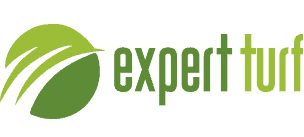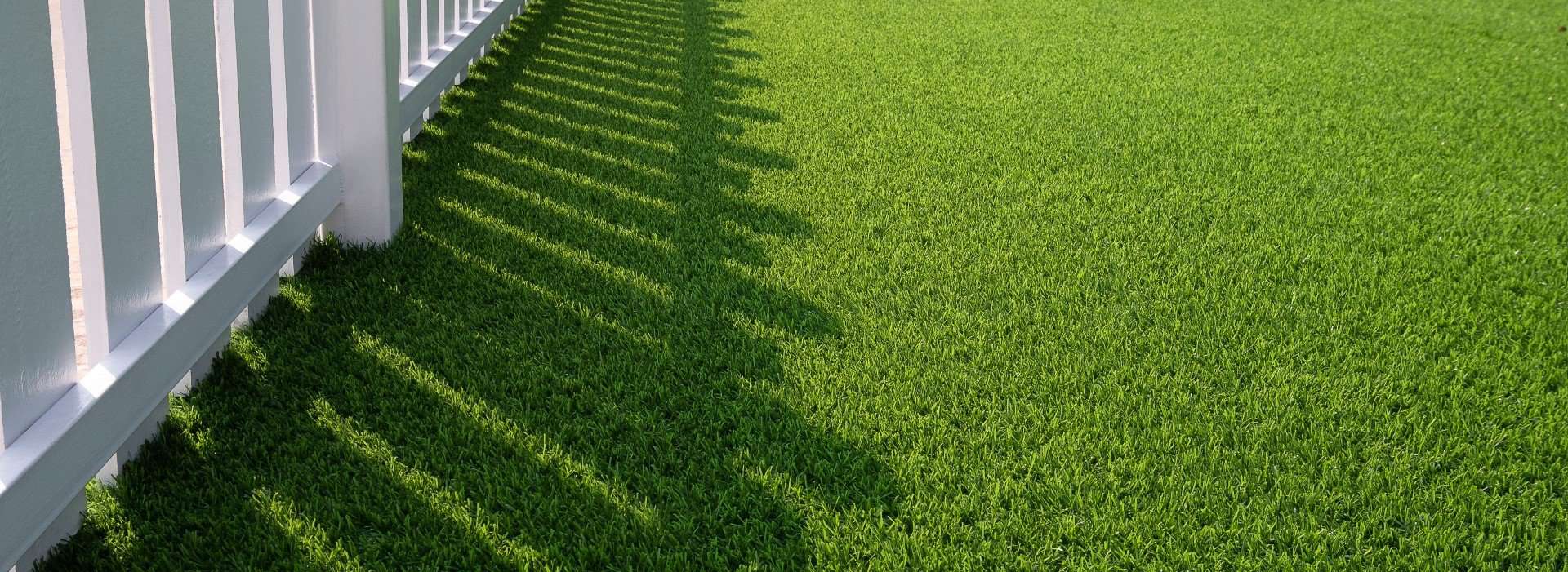It is essential that fresh spills are cleaned promptly as they can be difficult to remove once they dry. Remove any solids with a plastic spatula. Blot up excess liquids with plenty of paper towels or a dry absorbent such as kitty litter. Dry absorbents can then either be swept up or vacuumed.
Procedure:
Polyethylene surfaces have good resistance to staining. However, the surface is only one part of a sophisticated system of components designed for overall surface performance. Some cleaners safe to use on Polyethylene could be harmful to other parts of the surface. This means cleaning fluids should be grouped into two sets – those that can be used liberally on the surface and those which should be only applied by rubbing with a cloth soaked in the cleaner to minimise possible effect to the under-pad of the turf.
Following are some cleaners, which can be applied without any special precautions.
A warm mild solution of granular household detergent in water or a neutral, low foaming detergent recommended for delicate fabrics. Use with approximately 5 litres of water on these stains:
– Tea and Coffee
– Grape Juice
– Milk
– Food Colouring
– Margarine and Butter
– Beer
– Cola
– Tomato Juice
– Water colour
– Ice Cream
– Mustard
A 3% solution of ammonia should be used for more severe problems. Thoroughly flush the surface with lots of cold water afterwards.
Use clean, dry absorbents such as paper towels or commercial kitty litter for stains which can be blotted up.
The second group of cleaners includes chemicals such as pH neutral dry-cleaning fluids. These cleaners must be applied sparingly using a damp cloth/rag with care taken to avoid penetration beneath the turf. Before using any such chemicals, clarification should be sought from the installer. These stains include:
– Asphalt
– Shoe Polish
– Lipstick
– Crayons
– Ball Point Ink
– Oils (Cooking, Suntan, Motor)
– Floor Wax
– Chewing Gum*
* Chewing Gum is a common hazard and can be removed by using dry-cleaning fluid or by freezing. Aerosol packs of refrigerant can be sourced from carpet cleaning suppliers for this purpose, or dry ice could be used. When using such products care should be taken to ensure that the user instructions are strictly complied with.
To neutralise animal waste, use a mixture of white distilled vinegar with equal amounts of water. Flush thoroughly with water after the application.
Do not use chlorine-based bleaches or caustic detergents on your surface as this will cause discolouration.
If in doubt, please contact the installer for clarification. The handling and use of cleaning chemicals in general, should be undertaken in strict adherence to the manufacturer’s instructions.


